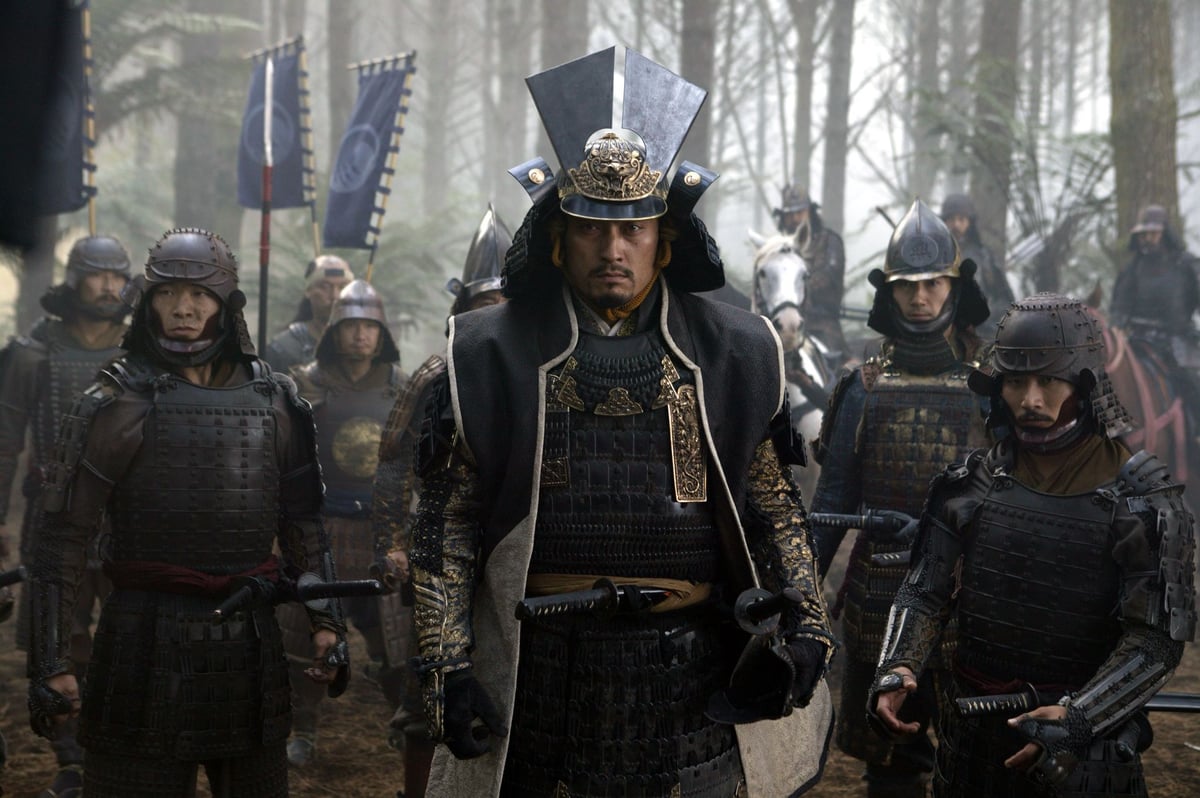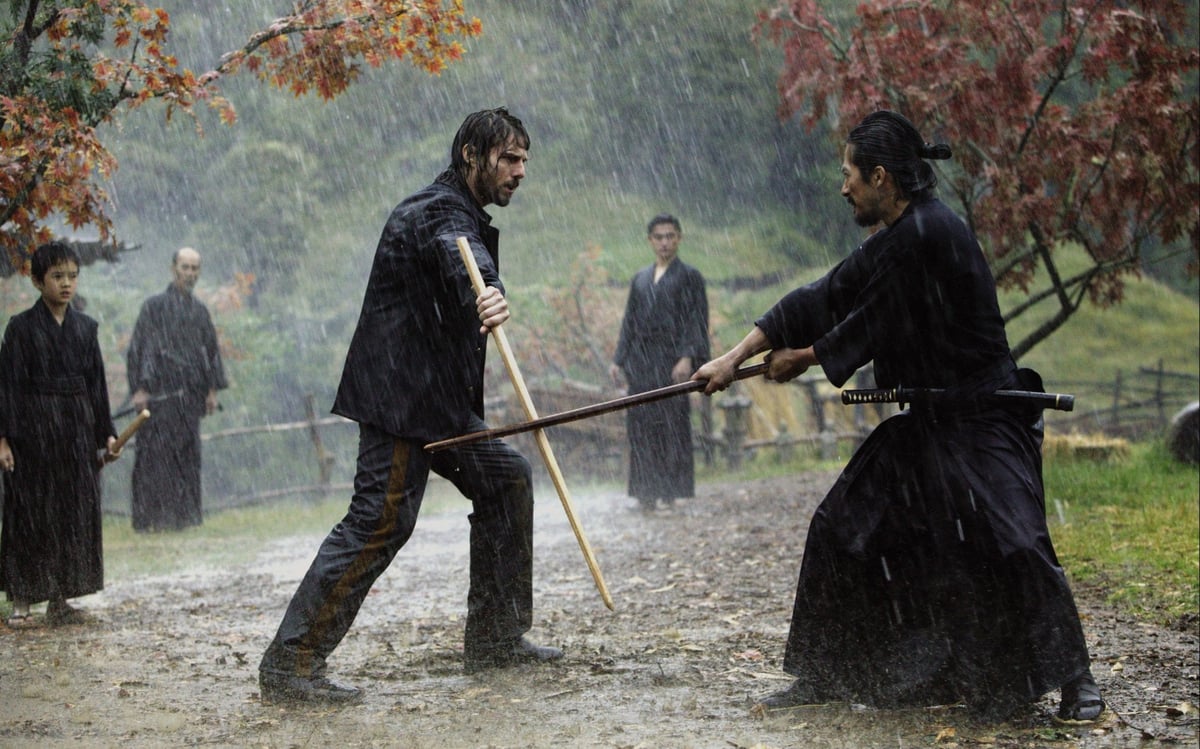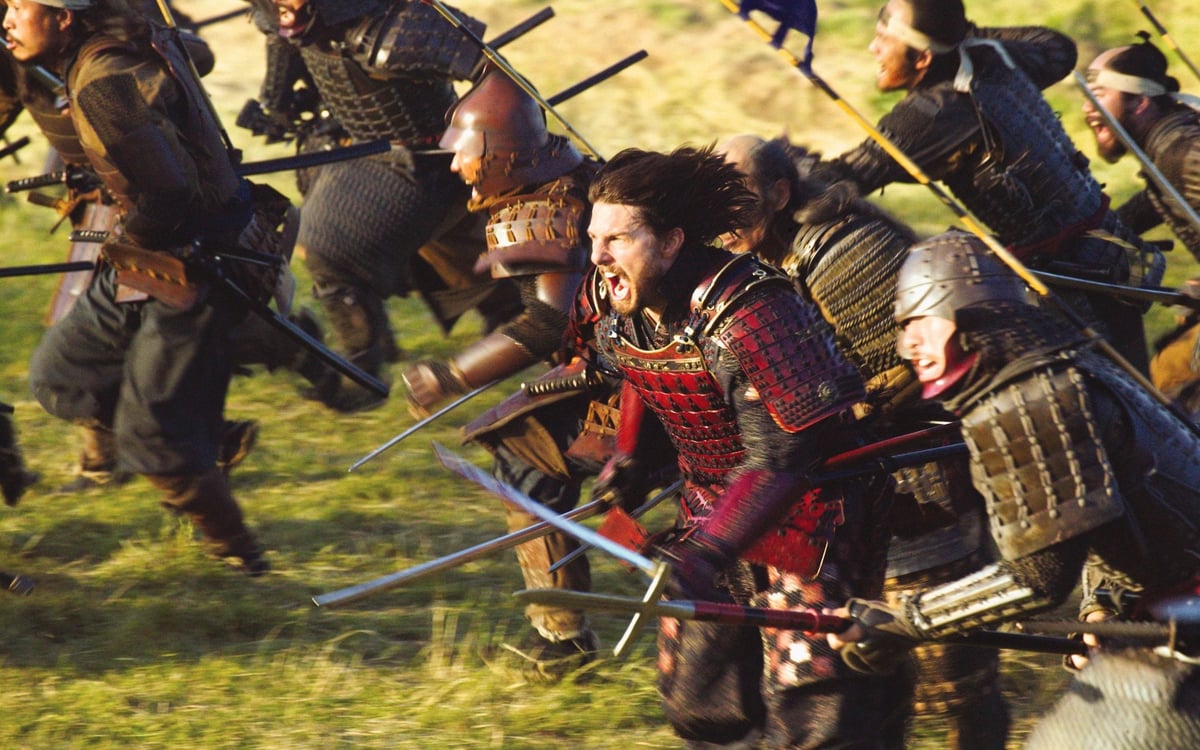Any flick that exists in the same filmography as the Top Gun duology, every Mission: Impossible, Eyes Wide Shut, Magnolia, and Michael Mann’s Collateral will naturally be overshadowed. But there’s a strong case to be made for The Last Samurai, which doesn’t just deserve a place among the aforementioned – it might just be the best movie starring Tom Cruise.
Now before you cite that bullshit and wholly inaccurate argument that this historical epic directed by Edward Zwick (Glory, Blood Diamond) is guilty of perpetuating a “white saviour” narrative, let’s make something perfectly clear: Tom Cruise’s US Army Captain Nathan Algren is neither the titular last samurai – simply an observer/vehicle for the story; also “samurai” is the correct plural term meaning the title doesn’t refer to any one person – nor can he really be classified as a “saviour.” Spoilers… pretty much everybody dies apart from him.
In a rare instance where Cruise hasn’t been cast as a flawless quasi-superhero who’s suffered some sort of lazily tacked-on personal loss or simply deemed “reckless and arrogant” by his fellow players as a substitute for actual character development, The Last Samurai captures the Hollywood icon in a different lens. A lens that’s coloured by a genuine complexity glimpsed in Paul Thomas Anderson’s Magnolia, and a raw earnestness that makes him far more relatable than ever before. Far more human, even.
RELATED: Tom Cruise Confirms He’s Developing A ‘Tropic Thunder’ Spin-Off

Haunted by his actions during the American Indian War massacres, something which elevates him to the “war hero” status he so despises, Cruise’s Nathan Algren finds a shot at redemption in the Land of the Rising Sun.
As the story goes, the tortured veteran is paid a handsome sum by the Meiji Restoration government to train its Western-style conscript army comprised largely of peasants and the incapable. The big money gig that’ll enable him to “live inside a bottle” for the rest of his alcoholic days, however, quickly goes south during the Imperial Japanese Army’s first encounter with the samurai rebellion led by Lord Moritsugu Katsumoto. Katsumoto is portrayed by the criminally underrated Ken Watanabe.
After valiantly making a stand while said rebellion cuts through the Emperor’s amateur military like a freshly-sharpened knife through uncooked salmon belly, taking out more than his fair share of the native insurgents, Nathan Algren is taken prisoner in Katsumoto’s privilege where the daimyo intends to “learn about their new enemy,” while the former is forced the confront the sins of his tragic past. If nothing else, The Last Samurai deserves major props for exploring the blurry line that separates wartime heroics with war crimes.

Following in the same tradition as Kevin Costner’s Academy Award-winning Dances With Wolves – recently furthered by James Cameron’s Avatar series – Nathan grows to respect his Japanese foe, quite literally rebuilding himself from the ground up after getting the absolute snot kicked out of him by master swordsman Ujio (Hiroyuki Sanada). As time goes on, he learns his captors’ ways, his captors learn to respect him, and they embrace each other as one of their own.
This all culminates in an epic clash between the samurais of old (tradition) and the now-trained Imperial Japanese Army (modernity), Gatling guns and all, compared to the Battle of Thermopylae by both Nathan and Lord Katsumoto. And while the supposed nobility of sacrificing yourself in a blaze of glory is definitely a harmful Hollywood misconception, in the heat of the action, you can’t help but think, “God… these guys are fucking awesome.” Even in senseless death. Fair warning, no punches are pulled during the climax.
RELATED: The Secret Behind Tom Cruise’s Net Worth

It’s a wonderfully poetic full-circle moment for Cruise’s Nathan Algren. Moral debts are settled. Blood debts are settled; Nathan gets to kill the his former superior officer from the 7th Cavalry Regiment, who commanded him to commit the atrocities of Sand Creek, Chivington, and/or Washita River. Katsumoto and the samurai’s legacies are preserved. And Emperor Meiji (Shichinosuke Nakamura) finally understands there’s a place for tradition, even in modern Japan, while shedding the damaging influence of avaricious pro-Western industrialist Matsue Omura (Masato Harada).
If you’re still not quite sold, note that we’re also dealing with breathtaking cinematography from John Toll (Braveheart, Almost Famous, Tropic Thunder) with a rousing score composed by the one and only Hans Zimmer (no introduction necessary). Their contributions alone to this oft-overlooked cultural milestone warrant the two hours and 34 minutes it takes to sit down for a weeknight viewing.
But don’t just take my word for it…
The Last Samurai starring Tom Cruise and Ken Watanabe is now streaming on Netflix.
RELATED: It’s Tom Cruise Season (Again)
















